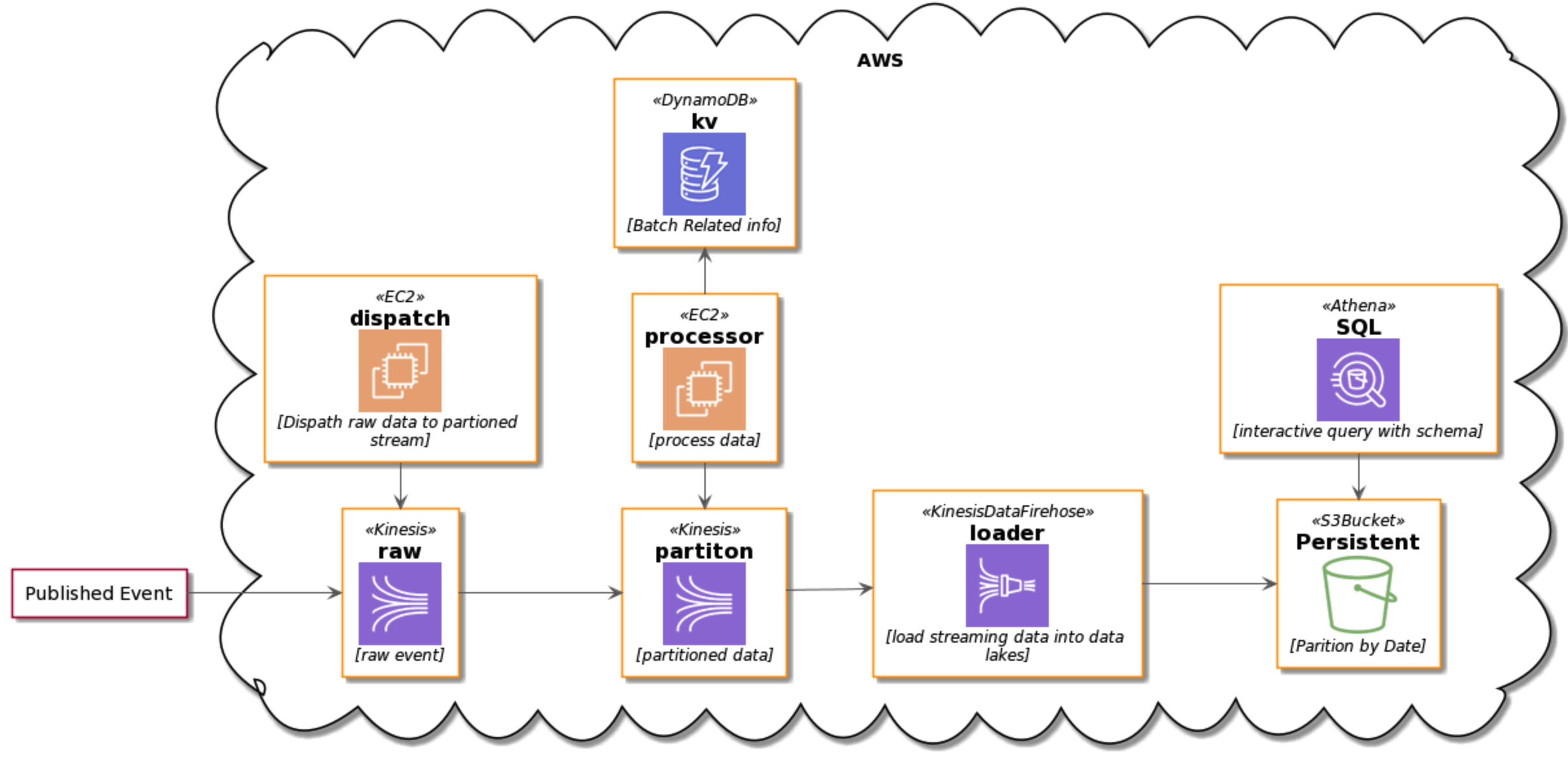Event-Driven Application Design
Event-Driven Application Design
Chen Xi
hixichen@github
why event driven?
- Better scalability.
- Increased versatility
Event Stream Processing
Amazon Kinesis:
makes it easy to collect, process, and analyze real-time, streaming data.
Kinesis Limits:
- Kinesis maximum size of a request data blob: 1MB.
- The default shard quota is 500 shards per stream. can be scale to 5,000 shards.
Per Shared:
- GetRecords: 5 TPS, The maximum number of records that can be returned per call is 10,000.
- PutRecord: 1000 TPS, Each shard can support writes up to 1,000 records per second
- PutRecords: Each PutRecords request can support up to 500 records. Each record in the request can be as large as 1 MB, up to a limit of 5 MB for the entire request, including partition keys. Each shard can support writes up to 1,000 records per second, up to a maximum data write total of 1 MB per second.
Apache Kafka:
an open-source stream-processing software platform
Sample App

Maximum:
- Read per stream: 5000(shareds) * 5TPS * 10000records
- Write per stream: 5000(shareds) * 1000TPS * 1000records
Challenges:
Client complexity:
- Enumerates the shards
- Coordinates shards with other workers
- Checkpoint for processed record.
- Write at lease one.
Amazon Kinesis Firehose to S3 with Protobuf data
- if S3 data will be used for query, need lambda to process data.
- a customer who implemented firehose in produciton before realising this, and getting bill shock.
Duplicate Records
TimeStamp: process time, sent time, receive time.
Around 5 seconds gap here, if you query data at S3 partitions with 1 day window, you may read data that belongs to tomorrow, but miss data records lived in yesterday’s partition.